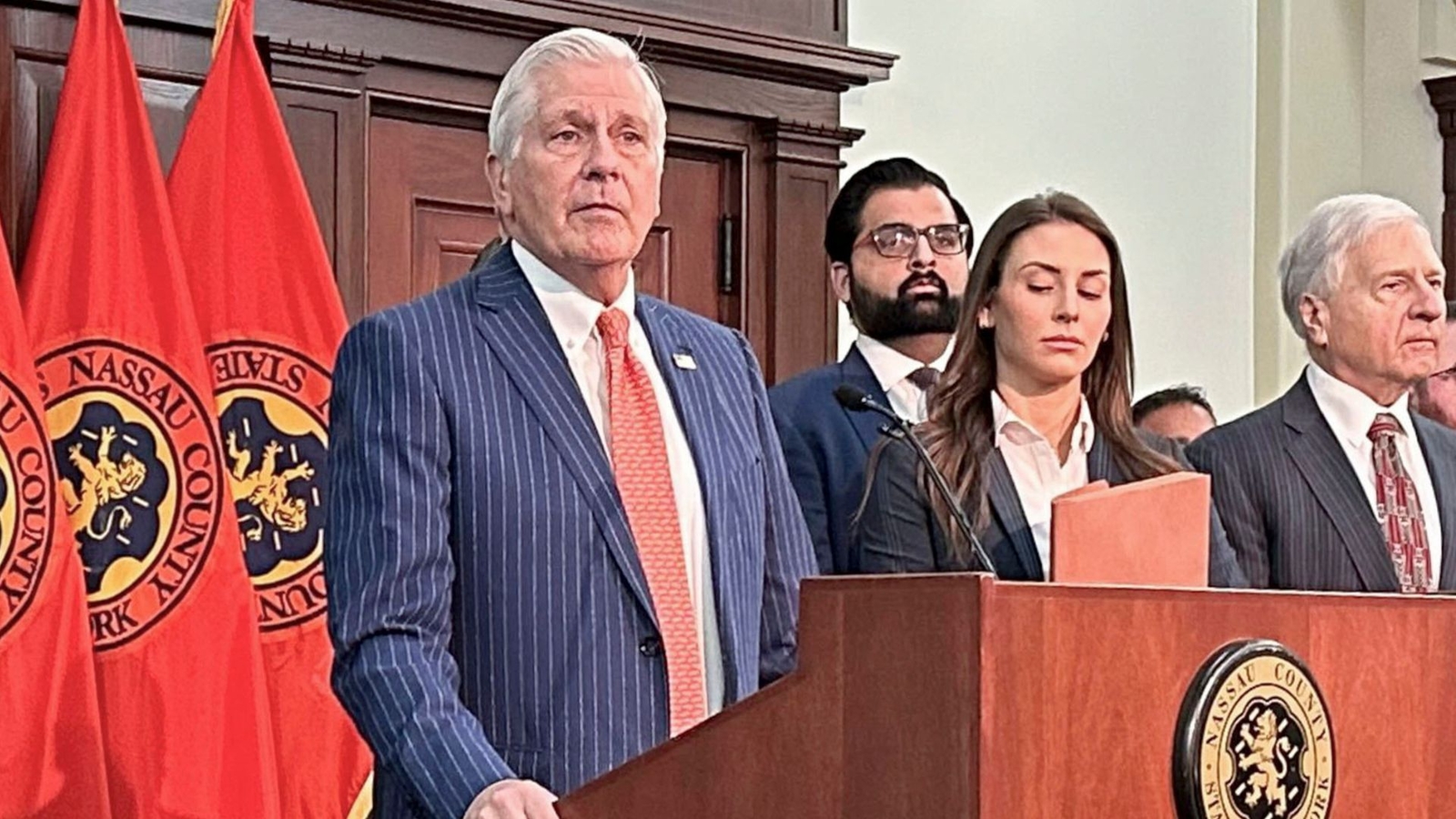1 min
WSJ Quotes Sample on Presidential Term Limits
Hofstra Law Professor James Sample was quoted in the Wall Street Journal article “Trump Told by Alan Dershowitz Constitutionality of Third Term Is Unclear.” In the piece, Prof. Sample, a constitutional law scholar, discussed one scenario raised by former President Donald Trump’s allies involving the presidential line of succession and whether it could be used to test the limits of the 22nd Amendment.





